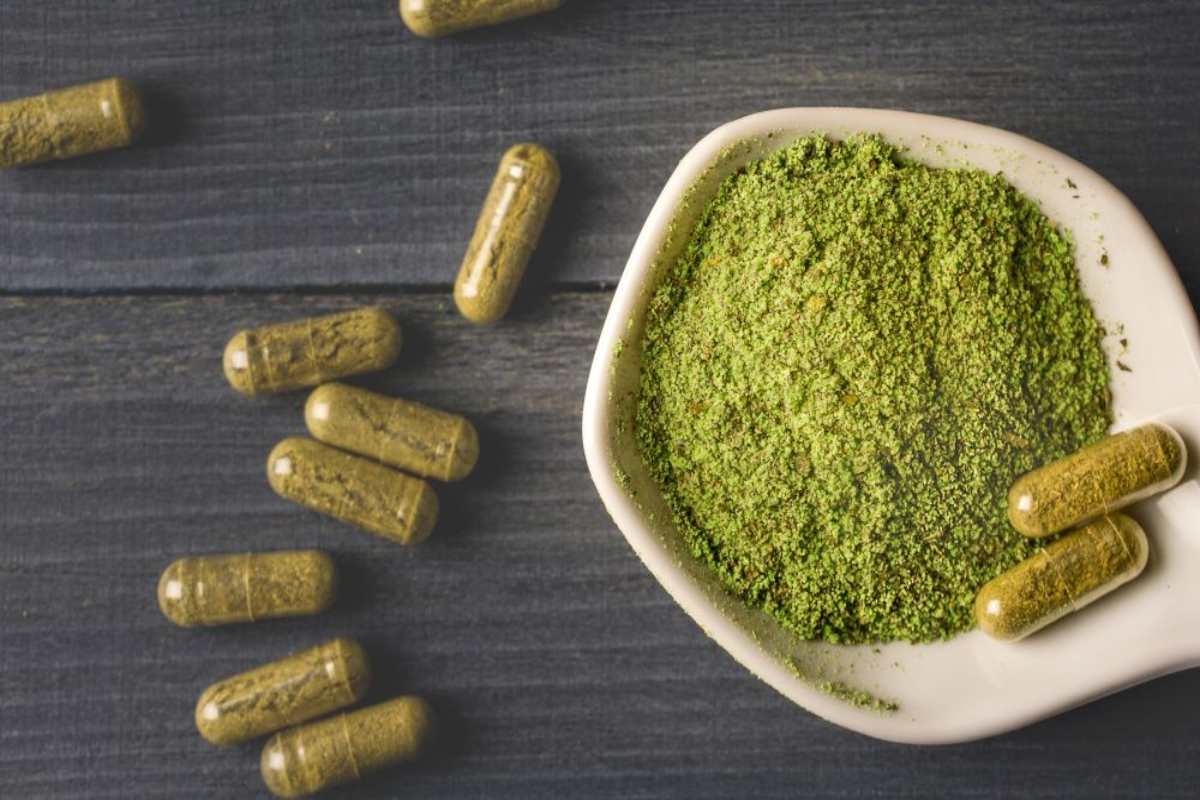No experience comes close to adding a new color pop to your garden. The rush of your hands brushing against healthy soil, the fresh buds thriving from your care, and the vivid colors bursting through the garden bed. Indeed, planting new flowers proves to be a unique and refreshing challenge for anyone up to it.
So, if you’re a challenger curious about taking on this task, but you’re unaware of the process and procedures, what a treat do we have for you! Here, we tackle and discuss the bright blue flowers that could change your garden, the methods to take care of them, and the benefits they bring. Thus, continue on reading below and prepare yourself to bloom and bud beneficial blues.
Borage
The first blue burst is the borage, commonly famous as the starflower due to its star-like shape. Boasting its frizzy leaves, dangling buds, and beautiful blue-star petals, it wonders those who take a gaze upon it – not only for its appearance but also for its medicinal purposes.
You’re probably expecting the borage to be tough to grow, but it’s quite the opposite. With full sun and a good drainage system for the soil, the borage will reward you with a blue sight. You could also add food for it as well – wherein the soil with compost added into it should have an acidity level from 4.8 to 8.3.
Additionally, you should always maintain moisture throughout germination. Once it sprouts into a spore, you can let the ground dry out before watering it. Always remember that the borage is naturally resistant to dry conditions – so you should keep watering it to a minimum.
As you can see, borage is easy to grow and offers a lot of medicinal uses. With the seed made into oil, you can treat skin disorders such as eczema, breast pain, and acne. It’s the anti-inflammatory properties that made this plant well-known.
Thus, if you want to uncover more secrets about the wonders of the borage, you could always visit Gardener’s Path to discover more! Undoubtedly, the blue borage has many perks to offer if you decide to take on the task of growing it.
Butterfly Pea
Although the butterfly pea or clitoria ternatea also has other variant colors such as red, purple, and white, it is mainly the bright blue. Its blue peacock petals are contrasted with a clean white center, and a slender green stem ultimately holds on to that. And just like its name, it is favored by insects like butterflies, birds, and bees.
When planting the butterfly pea, remember that these are vines that can cover large areas, so you will want to place them in deep pots or near a wall to give it foundation.
This plant is also native to tropical areas, which entails that it is drought-resistant and grows best in a humid and hot temperature. And in cases where the regions have cooler climates, you could continuously regulate and check the temperatures to let your butterfly pea thrive.
Because it did get used to hot zones, it won’t be needing much water as you think. You will only have to water it when the soil becomes dry and feed it to maintain a pH of soil acidity from 5.5 to 8.9.
In return for taking care of your butterfly peas, it will present you with multiple health benefits. The extracts of this blue plant will increase acetylcholine in your brain, reducing the chances of age loss and heightening your memory. And if you’re a tea lover, the butterfly pea will restrain any growth in your cancer cells if you partake in it.
With its intense hues and medicinal properties, the butterfly pea will surely be a collection you wouldn’t want to miss!
Blue Lobelia
The great blue lobelia or lobelia inflata will splash your garden with its small blue petals and long green stems. This plant will be a great contrast to your color-filled garden as it is more greens than blues.
This plant is also very versatile and hardy, as it can survive and grow in any environment. However, if you want it to produce its best, you will need to put it in areas with a partial shade with rich and loamy soil. Additionally, if you’re starting by seed, you will want to keep the seeds moist to germinate them.
From July to September, this plant will boast a beautiful color to your garden. And with its budding, you could also use the blue lobelia for medicine. With its different alkaloids, the lobelia could be used to treat the symptoms of respiratory diseases such as coughing, asthma attacks, and chest tightness.
Takeaway
Adding new plants may sound rigorous – but not with these three blue plants. With its various medicinal uses and benefits, and aesthetic appeal, it could just turn your garden from great to greatest, and change you from healthy to healthier. Thus, take out your hand trowel and blossom your blue beauty today!












